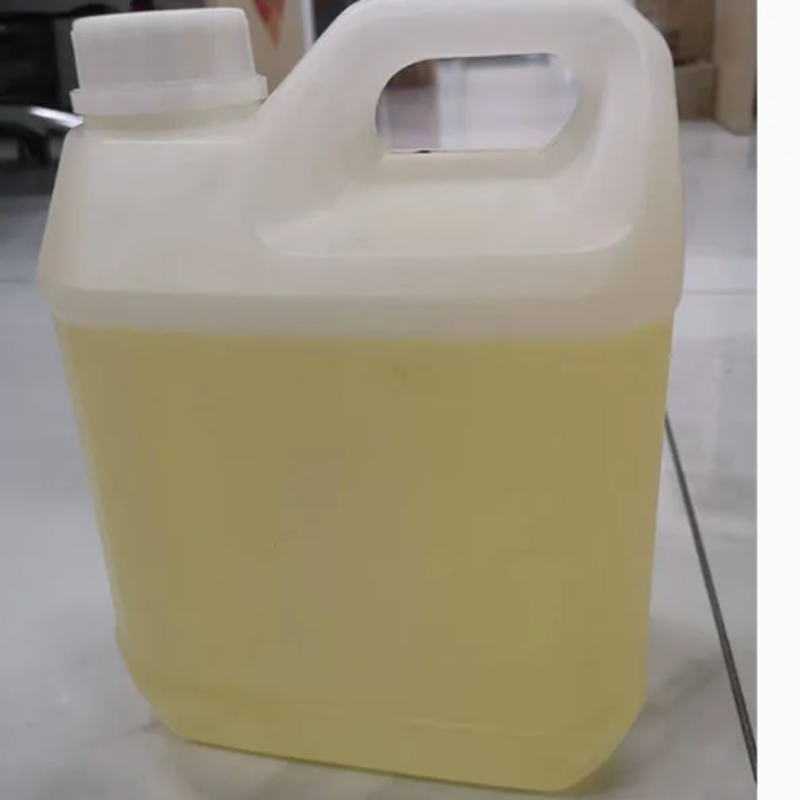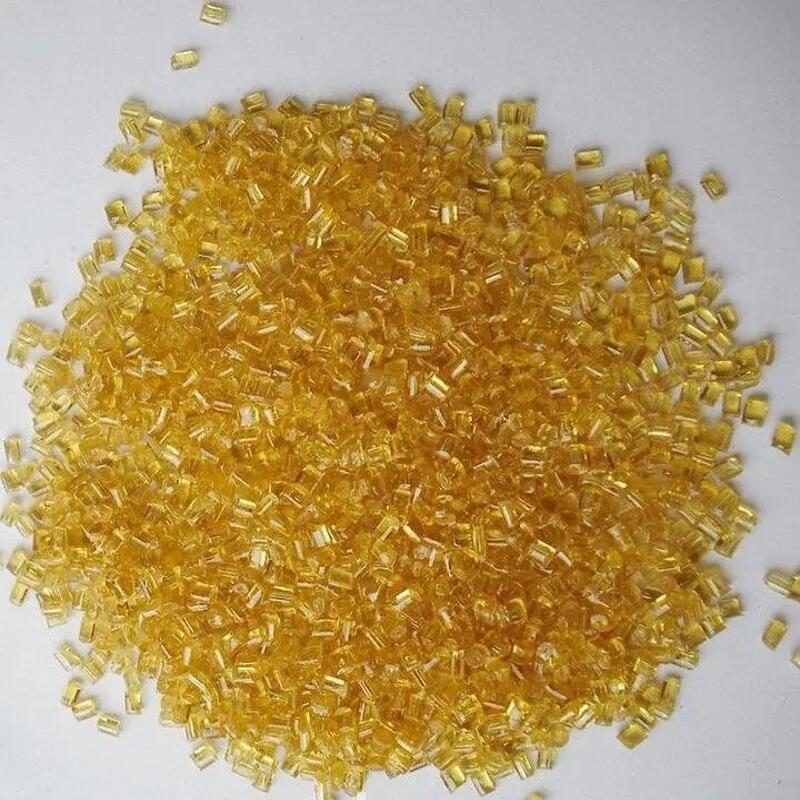-
Categories
-
Pharmaceutical Intermediates
-
Active Pharmaceutical Ingredients
-
Food Additives
- Industrial Coatings
- Agrochemicals
- Dyes and Pigments
- Surfactant
- Flavors and Fragrances
- Chemical Reagents
- Catalyst and Auxiliary
- Natural Products
- Inorganic Chemistry
-
Organic Chemistry
-
Biochemical Engineering
- Analytical Chemistry
-
Cosmetic Ingredient
- Water Treatment Chemical
-
Pharmaceutical Intermediates
Promotion
ECHEMI Mall
Wholesale
Weekly Price
Exhibition
News
-
Trade Service
In recent years, with the popularization and application of agricultural plastic film covering cultivation technology, relying on its unique advantages, it has become the fourth largest agricultural material after seeds, pesticides and fertilizers
.
At the beginning of the year, "China Agricultural Technology Promotion" published a paper by Zhao Shaoting and Han Yanni on "Research on the Practice and Countermeasures of Waste Agricultural Film Recycling" in Shanxi, analyzing the use of agricultural film, the practice of agricultural film recycling and utilization, and coping strategies
.
1.
Overview of the use of agricultural film
Overview of the use of agricultural film
In 2018, the national agricultural film usage was 2.
465 million tons, the plastic film usage was 1.
404 million tons, and the plastic film coverage reached 266 million mu, a decrease of 2.
5%, 2.
3%, and 4.
8% respectively compared with 2017 [4]
.
2.
Practical analysis of agricultural film recycling and utilization
Practical analysis of agricultural film recycling and utilization
2.
1 Recycling method of agricultural film
At present, the mulch film used in developed countries such as Europe, the United States and Japan is relatively thick, generally 0.
015 mm, and the mechanical recycling machine is mainly used for mechanical recycling [2] The mulch film used in China is generally thin, generally equal to or lower than 0.
01 mm, which is relatively thin.
It is easy to be damaged during agricultural operations, and it is difficult to recycle, mainly manual recycling
.
2.
2 Reuse technology of waste agricultural film
At present, the waste agricultural film recycling methods in the province mainly include the utilization of recycled raw materials, the mixed fuel utilization of straw scales and agricultural film, and the disposal of rural garbage disposal systems
.
Whether the recycled waste agricultural film can be reused is related to the degree of fragmentation and cleanliness of the waste agricultural film
.
2.
3 Operation Mode of Agricultural Film Recycling and Utilization Project
Through the implementation of agricultural film recycling and utilization pilot projects, Shanxi Province supports waste agricultural film recycling enterprises, establishes storage stations and recycling outlets, and drives farmers and recycling organizations to recycle agricultural film.
The project area has formed a "processing enterprise + recycling network + farmers.
"Operation mode, the recovery rate of agricultural film is significantly improved
.
2.
4 The main problems that exist
The awareness of source prevention and control needs to be improved;
Environmental protection legal awareness needs to be enhanced;
The supporting agronomic measures need to be improved;
The ability to reuse waste film needs to be strengthened
.
3.
Agricultural film recycling and utilization countermeasures
Agricultural film recycling and utilization countermeasures
●Continue to increase policy promotion efforts;
● Cultivation of waste agricultural film recycling market players is the key link to promote agricultural film recycling;
●● Improve the waste agricultural film recycling system according to the principle of "whoever produces, whoever recycles", "whoever uses, whoever recycles" and "whoever sells, whoever recycles";
●● Explore new mechanisms for recycling and utilization with the advancement of the rule of law;
●● Overall improvement of supporting agronomic measures;
●● Propaganda and guide the masses to change their minds.
Strengthen the propaganda of laws, regulations and policies such as the Law on the Prevention and Control of Soil Pollution and the Measures for the Administration of Agricultural Films
.







